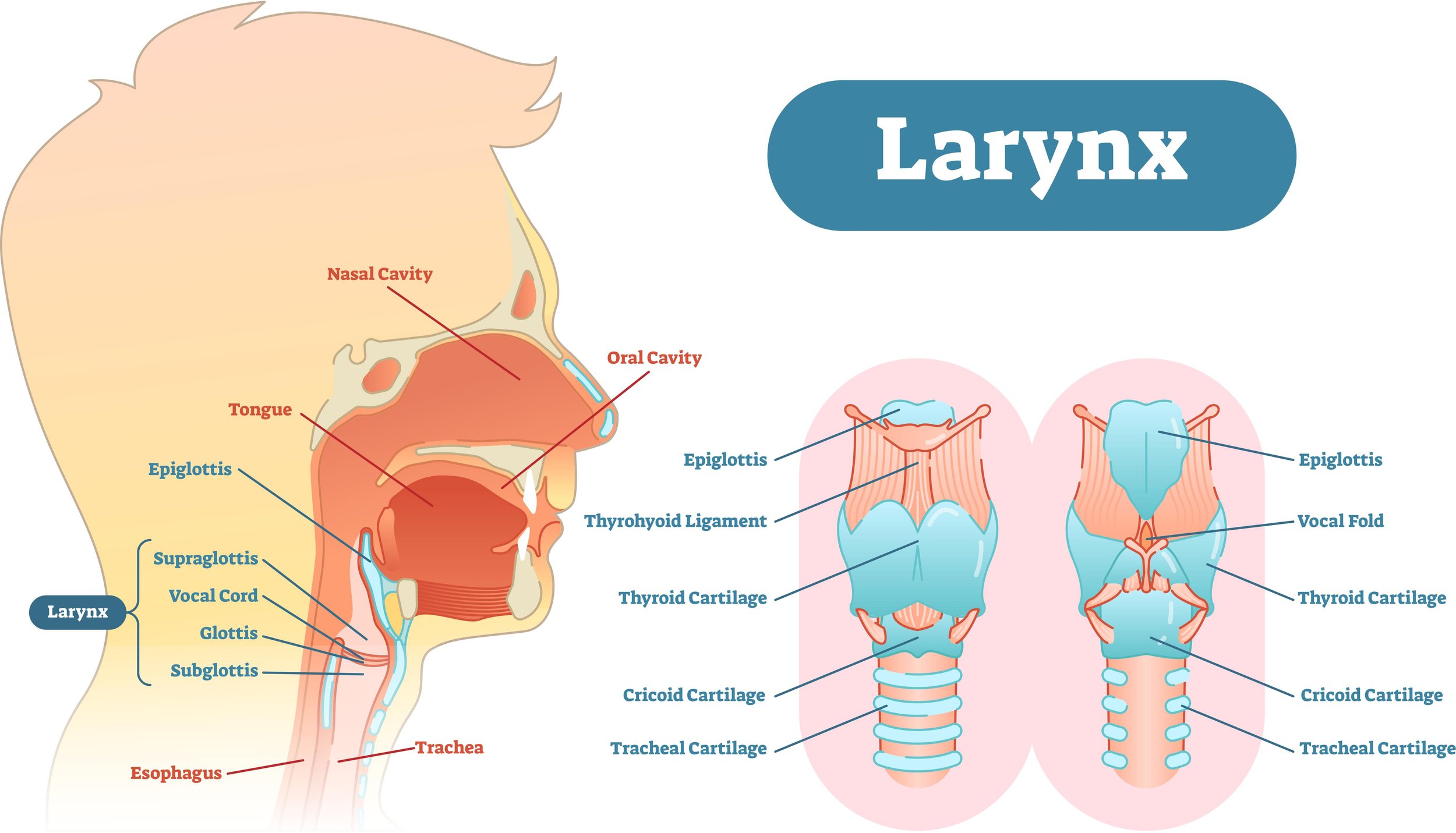Vocal Feminization: Should You Speak With Falsetto?
You may have heard the term “falsetto”, but what does it really mean?
Falsetto is one of the four registers of the voice. Below, I talk about what it is and how the vocal folds function to create its unique sound. I’m also going to talk about how it applies to you as you work on vocal feminization.
As you work on vocal feminization, it’s beneficial to recognize different sound qualities, pitch ranges, and vocal functions.
So let’s get started!
What are Vocal Registers?
First, let’s talk about how our vocal sound is produced. Our vocal folds are two bands of tissue that vibrate together as air passes through them. The buzz that is created by the vibration is filtered by our vocal tract, which is all the space that the sound travels through before leaving your mouth. Depending on how high or low you’re speaking or singing, your vocal folds are lengthened or shortened, and they vibrate together in different positions. These different positions of the vocal folds, and different vibratory patterns, create unique and recognizable sound qualities and a certain range of pitches that we call registers.
There are four registers of the voice. The highest is the whistle register, next is falsetto, which is also sometimes called head voice, next is the modal register, sometimes called chest voice, and lastly the lowest is vocal fry.
What is Falsetto?
The modal, or chest register is where we typically speak. In this register, the entire vocal fold, or vocalis muscle is engaged in vibration as air passes through. In the falsetto register, however, the cricothyroid muscles stretch the vocal folds, the vocalis muscle is relaxed, and just the edges of the vocal folds vibrate.
Because your vocal folds are changing shape and the way that they’re vibrating, it’s very common to feel a flip, or a click in your voice between the modal and falsetto registers. You may even feel relaxation in your throat when you move into falsetto, which makes sense because the vocalis muscle has to relax to get there. We call this the “break” in between registers. In falsetto, your tone quality is more hollow, flute-like, and breathy, where the modal register feels stronger, comfortable, and you might feel more sympathetic vibrations in your chest.
All people, no matter what sex they were assigned at birth, have all four of these registers. However, people who are assigned male at birth and go through a testosterone puberty will have a more significant difference in tone quality from their modal register to their falsetto than people who were assigned female at birth.
So, should you use falsetto for vocal feminization?
If you’re working on raising your pitch, you will probably find a point in your voice where you flip up into this falsetto register. This happens at different pitches for different people, but in general, if you are assigned male at birth, it’ll be somewhere around a C4.
Because most people speak in the modal register, the falsetto sound quality can make your voice stand out and can be perceived as unnatural sounding. Your volume can also be limited in this register, and with so much air escaping through the vocal folds, that results in a breathy vocal quality, that can make your voice feel harder to sustain.
For these reasons, I think it’s best to stay in your modal speech register as you work on vocal feminization. By moving your pitch up to the feminine perceived range, which generally starts around an F3, and working on the other elements of vocal feminization, like resonance, vocal weight, inflection, and articulation, you’ll get great results without feeling like you need to take your pitch so high that you flip up into falsetto.
I hope this blog was helpful for you as you explore the different registers of your voice. Let me know how it’s going for you down in the comments, and if there are any topics you’d like me to cover in the future.
Happy practicing! :)





















